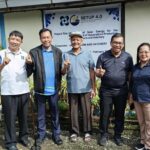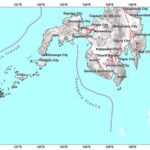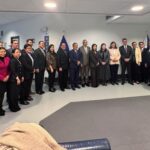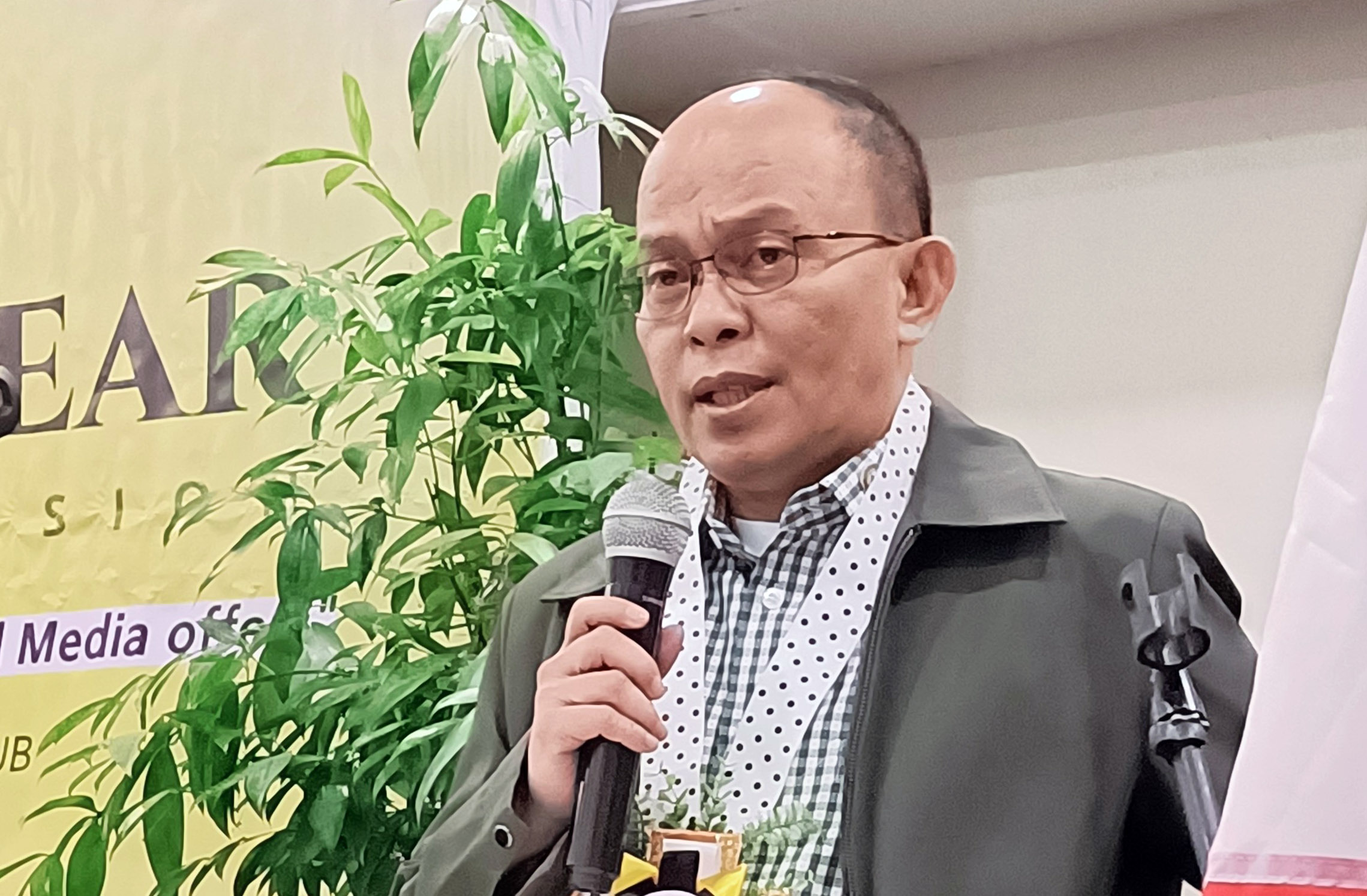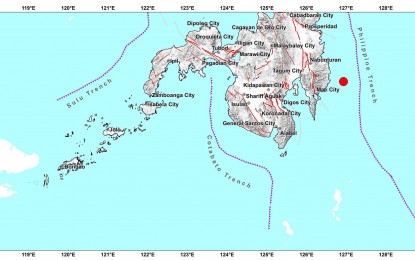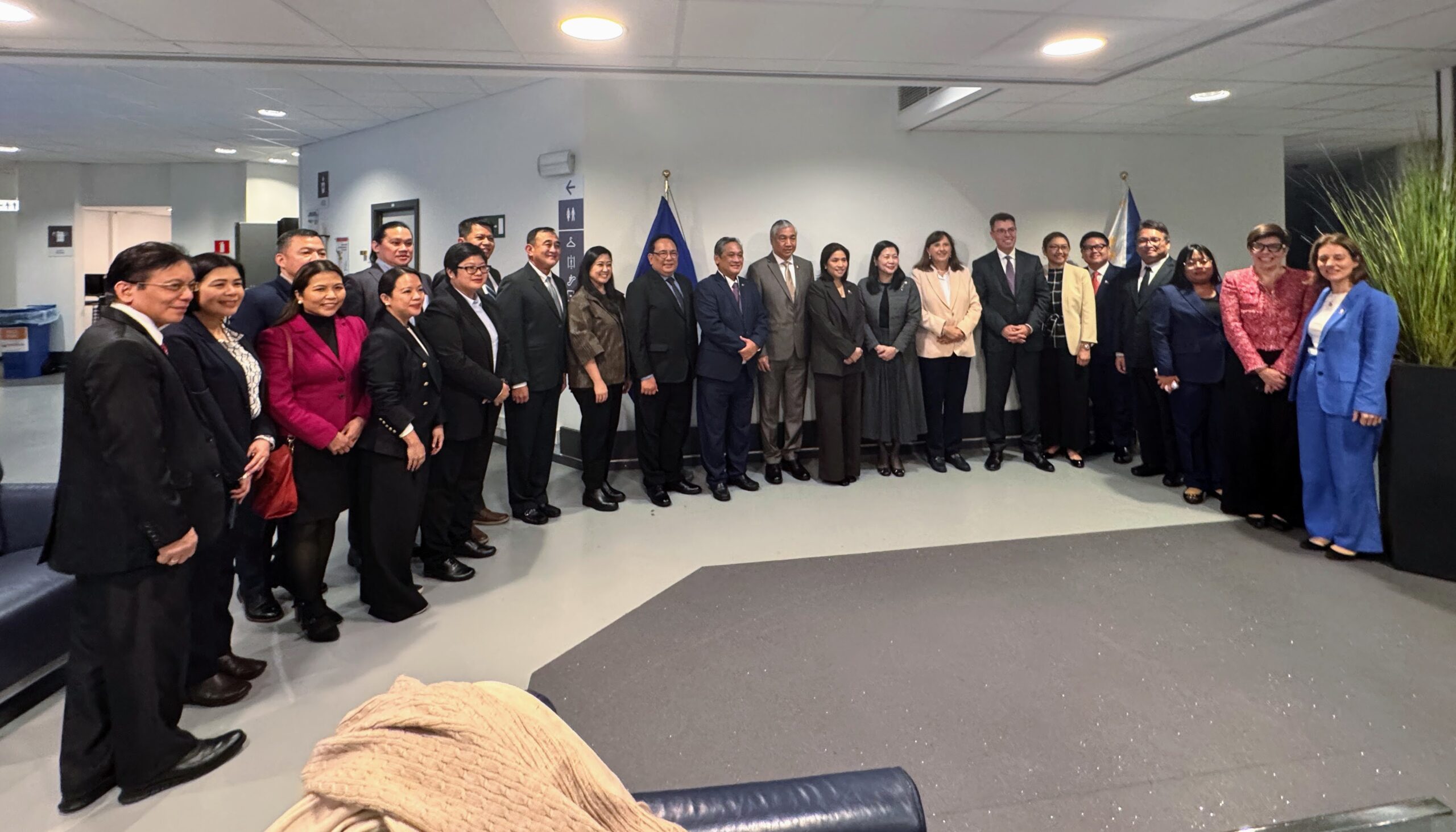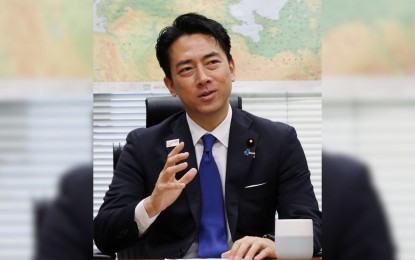THE Presidential Task Force on Media Security (PTFoMS) reminded the public and the Commission on Human Rights (CHR) that there are already existing and functioning mechanisms to protect the members of the press from any violation of their right to life, liberty, and security.
“May I remind our good partners at the CHR that even UN Special Rapporteur on Freedom of Opinion and Expression (UNSR-FOE) Irene Khan recognized that the PTFoMS created in 2016 thru Administrative Order No. 1 (AO1) is the ‘main mechanism for the safety of journalists’ as stated in her preliminary report after the conclusion of her visit last February 2,” said Usec. Paul M. Gutierrez, AO1 executive director.
“In fact, her opening statement was profuse in thanking the PTFoMS for its valuable assistance that led to the successful conclusion of her visit that include her consultation with the CHR,” Gutierrez added.
The official made the remarks after the CHR over the weekend issued a statement urging the Executive Branch to “provide sufficient mechanisms” to ensure a safer environment for media workers.
“May I also remind the public and our media colleagues that the CHR is, in fact, a member of the PTFoMS under AO1 and has been regularly attending its inter-agency meetings so this statement comes as quite a surprise,” Gutierrez said.
Gutierrez added that aside from recognizing AO1, Khan made several recommendations to further strengthen its ‘institutional capacity’ that, he said, would be useful in guiding the agency “towards creating a media that is safe and free from fear as envisioned by President Ferdinand Marcos Jr. in partnership with relevant government agencies including the CHR.
Gutierrez also said the CHR’s plan to create a separate media alert mechanism to be called, ‘Alert system for media human rights violations (ALISTO) as proposed by the National Union of Journalists of the Philippines (NUJP), should align with the current alert mechanisms of AO1 and that of AO35 to ensure its effectiveness in quickly addressing and validating all reported cases of alleged attacks against the members of the press.
“Looking back, we note that the NUJP made a presentation as regards ALISTO last October 27, 2023, where two assistant secretaries from the Presidential Communications Office (PCO) and the AO1 staff were unfortunately not allowed to participate in the discussion despite being invited.
“Had this not been the case, the PCO and AO1 could have provided their inputs leading to a synergy of effort towards our common goal of protecting the members of the press,” Gutierrez said.
“There is really no need to ‘reinvent the wheel,’ so to speak. But there is really a need to strengthen further the existing mechanisms that we have,” he added.
“Of course, as a critical and reliable partner, we look forward to strengthening our working relationship with the CHR, relevant government agencies and all the stakeholders in the media profession.
“For the nth time, we again call on the NUJP and other media groups to re-engage with the PTFoMS so we can validate and address all these alleged violations of the rights of the members of the press and the perpetrators unmasked and punished as the case may be,” Gutierrez said.
The NUJP, along with the Center for Media Freedom and Responsibility (CMFR) decided to leave the PTFoMS in the second quarter of 2019 citing “institutional differences.”




